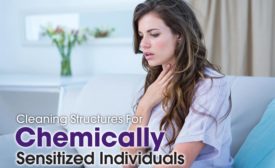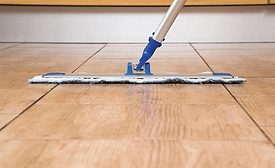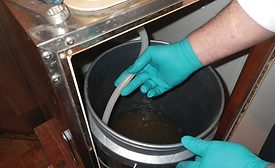Articles by Michael A. Pinto CSP, CMP, RTPE
Cleaning Structures for Chemically Sensitized Individuals | Part 3
Part 3 - Neutralization
Read More
What Does EPA Registration Really Mean?
Perhaps it is time for chemical manufacturers to show real-world testing.
Read More
Get our new eMagazine delivered to your inbox every month.
Stay in the know on the latest disaster restoration and remediation trends.
SUBSCRIBE TODAY!Copyright ©2022. All Rights Reserved BNP Media.
Design, CMS, Hosting & Web Development :: ePublishing









